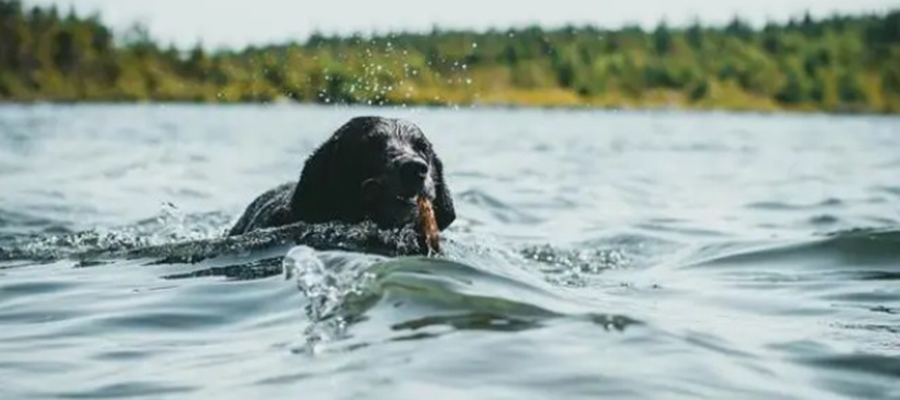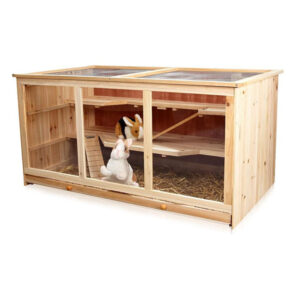Summer is not only a great challenge for your furry children, but also a great challenge for pet owners.
Today we have prepared the ‘Summer Pet Keeping Guide’ for you, parents. Quickly collect it and spend this summer happily with your furry children!
[Daily Maintenance]
1. Pay attention to Food spoilage and corruption
High temperatures in summer can make food more susceptible to bacterial growth, which is why children with hair problems are more prone to vomiting and diarrhea in summer than in other seasons. So the best way to feed pets is not stay overnight, especially with canned wet food, and try to provide fresh food every time you eat.

The same goes for water, which should be changed at least twice the next day or a day. Due to the fact that bacteria and food debris in the mouth of furry children in summer can breed in the water basin, change the water at least twice or more a day. Furthermore, the bowls and water basins used for consumption must be regularly cleaned and dried to prevent bacterial growth from causing vomiting and diarrhea.
2.Shaving is not related to cooling down
Every summer, we see many “no fur dogs” on the street because some parents firmly believe that helping them shave off their fur can help them cool down. But in reality, shaving hair off a hairless child who already has no skin diseases is actually harmful. Shaving not only does not help dogs and cats cool down, but also makes them feel hotter.

Because the thick fur on cats and dogs is actually a natural barrier for insulation, cold resistance, and sun protection, which helps them isolate high temperatures and largely maintain their original body temperature. After shaving their hair without reason, their skin is prone to sunburn, hair cysts are damaged, and mosquito bites can cause skin diseases. So in addition to skin diseases and other factors that require shaving, the hair of a hairdresser only needs to be properly trimmed.
3. Be careful of air conditioning problems
Many pet owners turn on air conditioning for Mao children 24 hours a day in the summer. Although turning on the air conditioning is a great way to cool down, in fact, like humans, children are not suitable for prolonged exposure to air conditioning.

Therefore, parents should pay attention to two points when turning on the air conditioner in summer. Firstly, do not set the temperature of the air conditioner too low, preferably above 26 degrees Celsius; Secondly, the air conditioning cannot be turned on 24 hours a day. Otherwise, factors such as improper air circulation, alternating heat and cold, and cold wind stimulation may cause children to have runny noses, sneeze, depression, and even anorexia and other symptoms similar to human colds.
[Outgoing Chapter]
1. Try not to go out during the hottest hours of the day
Pet owners must pay attention to the time period during which they go out in summer, and be sure to prevent going out at the time when the sun is hottest at noon and the temperature is highest during the day.
2. Control travel time
Even in the evening, as long as the temperature is not relatively cool, try not to take too long a walk. When going out, be sure to bring a portable water bottle and regularly replenish water for your child.
3. Do not lock the child separately in the car
Especially do not leave them alone in a car without air conditioning, otherwise half an hour in the sun can cause shock, dehydration, and death of the child!
4. Avoid parasites
Another headache for pet owners in summer is parasites. For example, fleas, ticks, etc. Although regular deworming is required throughout the year, it must be said that summer is the most active season for parasites. Heart worms parasitize the heart and can cause death in dogs and cats in severe cases; Ticks may cause Lyme disease; Fleas can cause many skin diseases and are the Intermediate host of tapeworms. Therefore, especially in the summer, excrement removal officers must take preventive measures.

5.Not every dog can swim
In summer, many pet owners should want to take their dogs and dogs to play outdoors, especially in places with mountains and water, or by the sea Many novice parents believe that dogs are born to swim because of the word ‘dog paw’, but in fact, this is not true! Many dogs can’t swim at all.
Therefore, if the pet owner takes the dog outdoors to play with water for the first time, they must first confirm whether the dog is afraid of water and whether they are naturally capable of swimming. When your dog is afraid, do not resolutely put it into the water, after all, news of a dog drowning is not uncommon.






